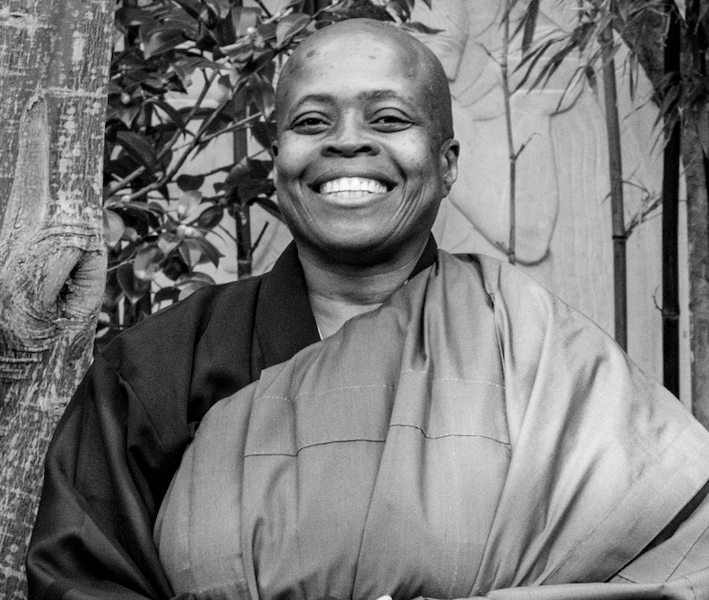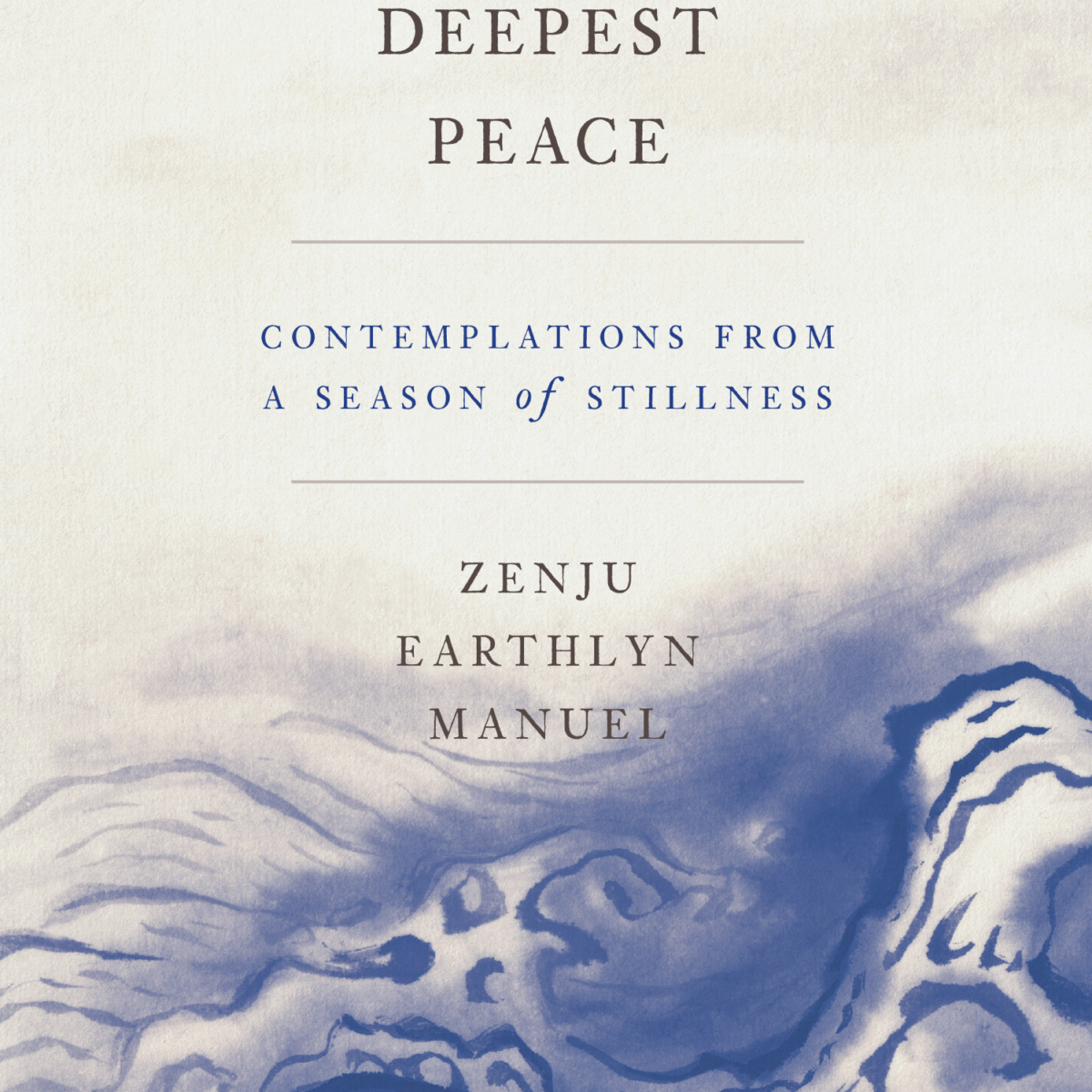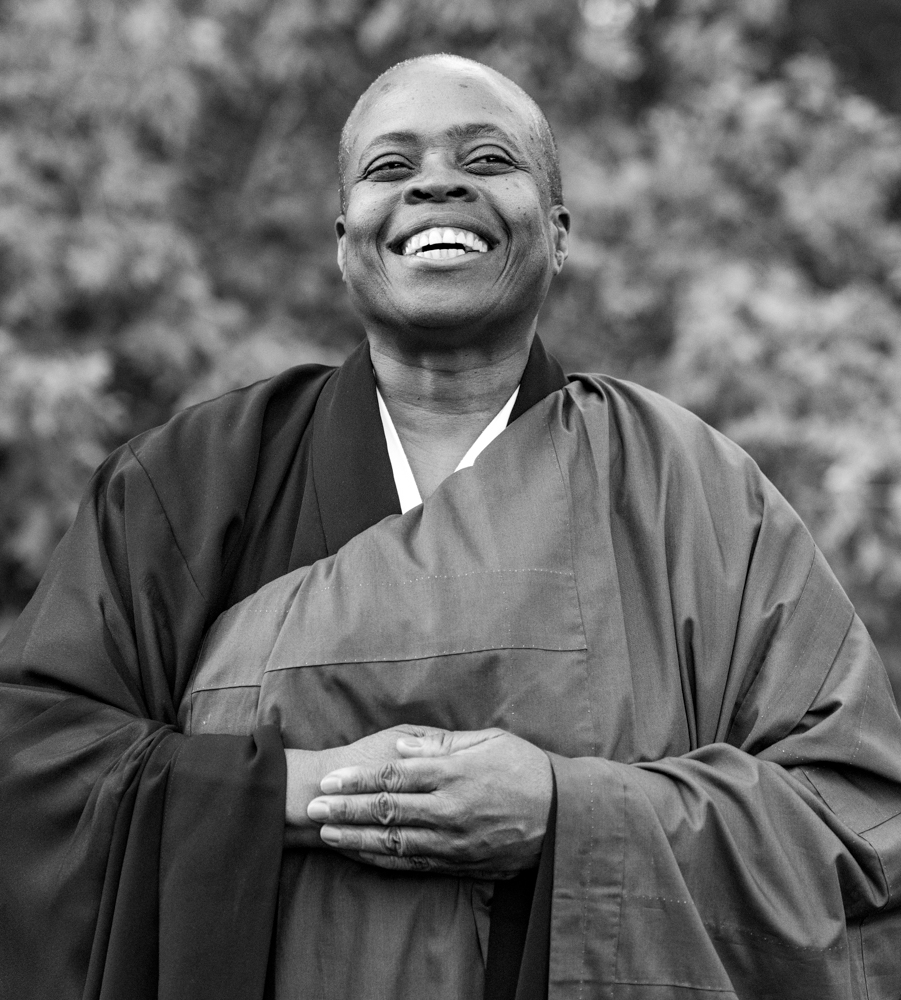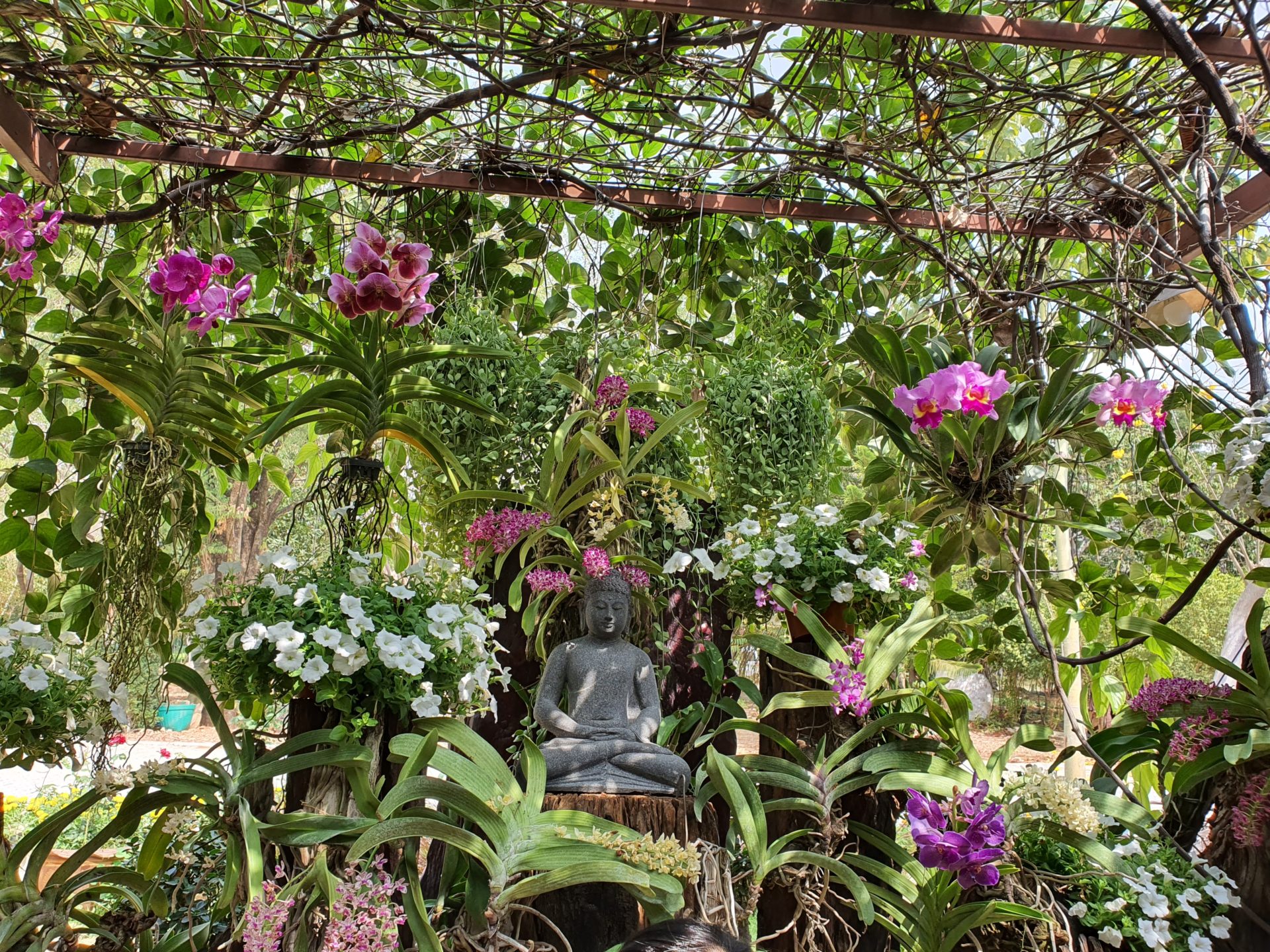The Experience of Peace
By Zenju Earthlyn Manuel

In this excerpt from her new book The Deepest Peace: Contemplations from a Season of Stillness, Zen priest Zenju Earthlyn Manuel speaks of her move to the New Mexico desert in 2019, and how it is possible to cultivate and experience peace. Reverend Zenju was ordained in the Shunryu Suzuki Roshi lineage and has participated in retreats in the Plum Village tradition since the first retreat for Black,
The Experience of Peace
By Zenju Earthlyn Manuel

In this excerpt from her new book The Deepest Peace: Contemplations from a Season of Stillness, Zen priest Zenju Earthlyn Manuel speaks of her move to the New Mexico desert in 2019, and how it is possible to cultivate and experience peace. Reverend Zenju was ordained in the Shunryu Suzuki Roshi lineage and has participated in retreats in the Plum Village tradition since the first retreat for Black, Indigenous, and people of color led by Thich Nhat Hanh in 2004. She gave a talk at the People of Color Retreat at Deer Park Monastery in 2016.
“poetry of life— never complete”
Many times I have testified of my suffering and written at length on race, gender, sexual orientation, and homelessness. Before I die, I must speak of peace. Life has not been all torment in this dark and mysterious body. And yet, torment and peace are not separate. They come together in a world that pulls you toward violence and bends you down to pray for peace. Peace is there all along.
In awakening to peace, the teachings of the earth have been beneficial for me. My Zen walk was filled with my love for ritual and ceremony. At the same time, many earth-shattering moments shook my core and opened me to the importance of life. Within each quaking, the inherent silence and stillness of being occurred. In the worst of times, there was a Zen that was not religious or philosophical, but an unshakable presence, in which my eyes and heart were open in the middle of the uncontrollable events of life. Suddenly, life was like watercolors, spreading and dripping off the paper’s edge.
There was nothing to do but silently watch the colorful droplets of life fall. In the falling was peace—the letting go that comes without effort. The city let go of me, and I moved to the desert of New Mexico. I packed my things, and left many friends and family back in California. It was an escape of sorts—not the kind void of responsibility, but an escape from the danger of concrete on the body, from being haunted by random violence, from the quick race to death I had joined. The desert of New Mexico, twenty minutes outside of Santa Fe, brought me a wide-open sky to contemplate, alone in a season of stillness.
I am surrounded by mountains: the Sangre de Cristo (blood of Christ) and the Ortiz Mountains to the north, the Jemez Mountains to the west, and the Sandia Mountains to the southeast. When I walk the desert floor, I’m aware of two rivers that run beneath the land—the Galisteo and Cañada de Los Alamos rivers. I stop to see if I can hear them. They are far below, but I feel myself wading through the water even though my feet walk a dry dirt path. I let the wind blow against my body. I see the land stretching out, its beauty calling me back to the earth. The quiet takes over. In humble reverence for the earth, I can’t turn away from this spontaneous experience of peace.
The desert opened my heart to write about it while reminiscing about life in the city—both Los Angeles where I was born and raised, and Oakland where I lived my adult years. Here, I share the landscape of these places and their impact on my quest for peace.
Time passes in the desert as it does in the city. I sit on the front porch of my house with its blue door and traditional Mexican vigas (wooden beams) over my head. The never-ending desert sage and juniper bushes constantly call me to get up and walk toward them. I obey. It’s the beginning of autumn, and it’s both hot and breezy. I begin to walk. I see half-eaten birds and the dried bones of an animal unknown to me. It’s clear, in this peaceful desert, that peace is not the opposite of violence. Peace is in violence. It can only be seen by the open eyes of awareness. Peace is itself. The experience of peace I’m discovering in the desert had always been with me in the city. I hadn’t let it in.
I had made efforts at making peace. But “making peace” requires an idea and then action upon that idea. It’s not the same peace I speak of here. The peace being expressed in these writings doesn’t come from the mind, the lips, or from gentle actions. It doesn’t come from legislation made by governments or peacemaking movements. It’s a peace that appears without effort. Like the desert filling up my eyes. It appears like snow, wind, or rain. Peace arrives on its own if I don’t resist it.
During years of chanting and meditation, the habit of fighting against what was in front of me rose and dissolved like waves in an ocean. There were times when I asked questions, critiqued, and took action. And there were times when confusion took over, the mind doubled down on itself. The only thing to do during those times was to breathe and be still. The body knows when to do this. Stillness is inherent. After suffering and resistance, the only thing left is contemplation of life and after contemplation, stillness, and after stillness, peace.
Peace is a presence that is difficult to define. Perhaps for this reason, I feel poetry has been a path through which peace has made itself known to me.
Most of my life has been spent sitting still, listening, and writing what I hear. Peace has often presented itself as poetry. Poetry and I are old best friends. When the gateway of Zen presented itself, I entered as a poet. I came with the habit of hearing a storm as more than weather, seeing fluttering white butterflies as snow in the spring. I came with my eyes and ears open wide to catch a glimpse of what was behind the curtain of life and death. That curiosity changed my life.
In this offering, I share the experience of peace through beloved poetry. The poetry is meant to create a pause, bring you into the silence of the desert right where you are, and open new gateways to peace. Inside the gate there is only more listening and witnessing of life.
Be still. These words are full. The digestion slow. Try a sentence or two every minute, pause, and resume. No need to rush to the end. The experience of reading meditatively will create the silence needed to hear. Your own experience of the deepest peace will arise and be shared through your life, with your friends, family, community, and the world—one drop of color at a time.
I bow deeply to this life.

THE DEEPEST PEACE: CONTEMPLATIONS FROM A SEASON OF STILLNESS IS AVAILABLE ON PARALLAX.ORG AND WHEREVER BOOKS ARE SOLD.

Zenju Earthlyn Manuel is an author, poet, ordained Zen Buddhist priest, teacher, artist, and drum medicine woman. She is the author of the books Sanctuary: A Meditation on Home, Homelessness, and Belonging, and The Way of Tenderness: Awakening through Race, Sexuality, and Gender. She has contributed to many anthologies, including the Parallax Press books Together We Are One and Dharma, Color, Culture: New Voices in Western Buddhism. You can visit her website at zenju.org.

